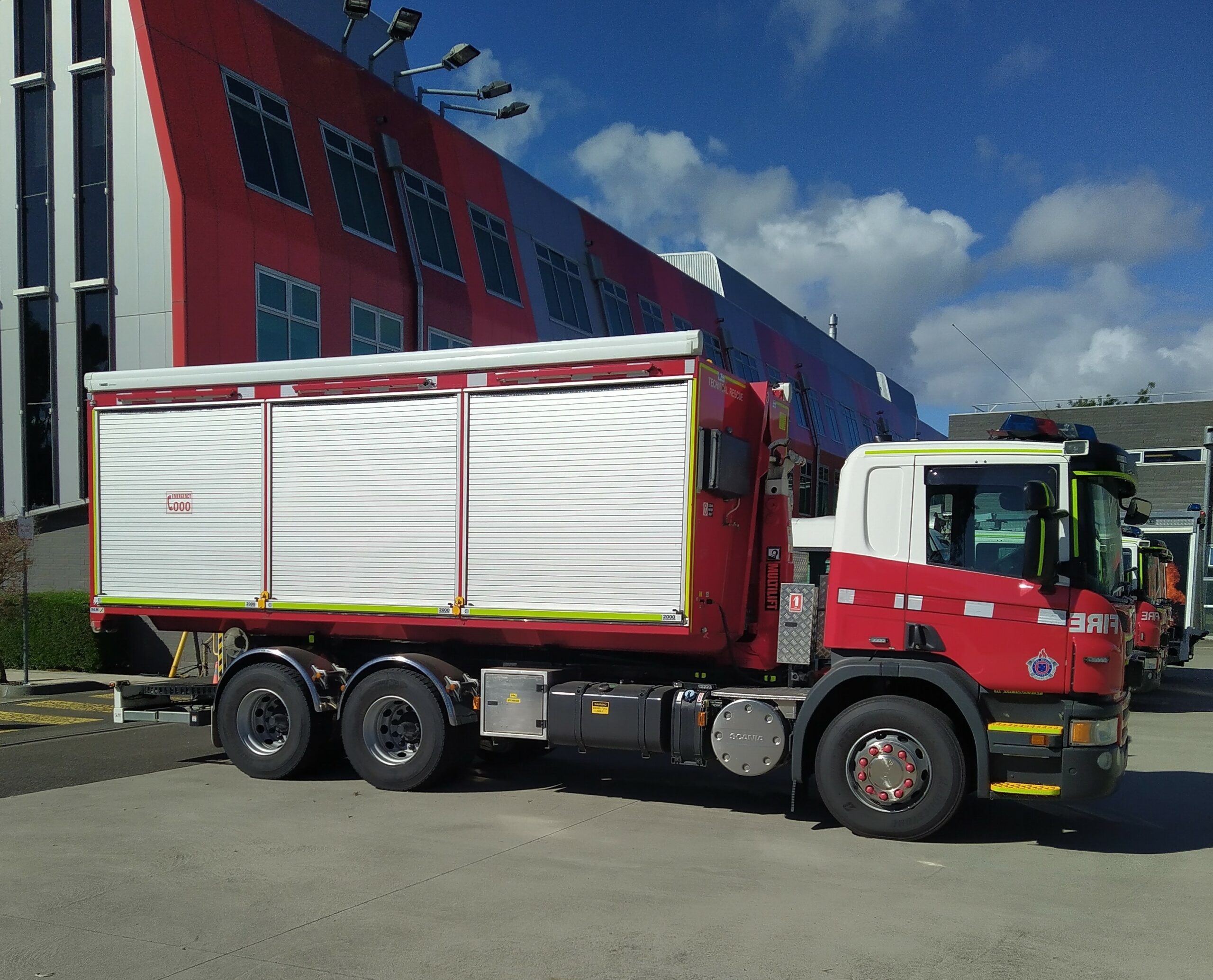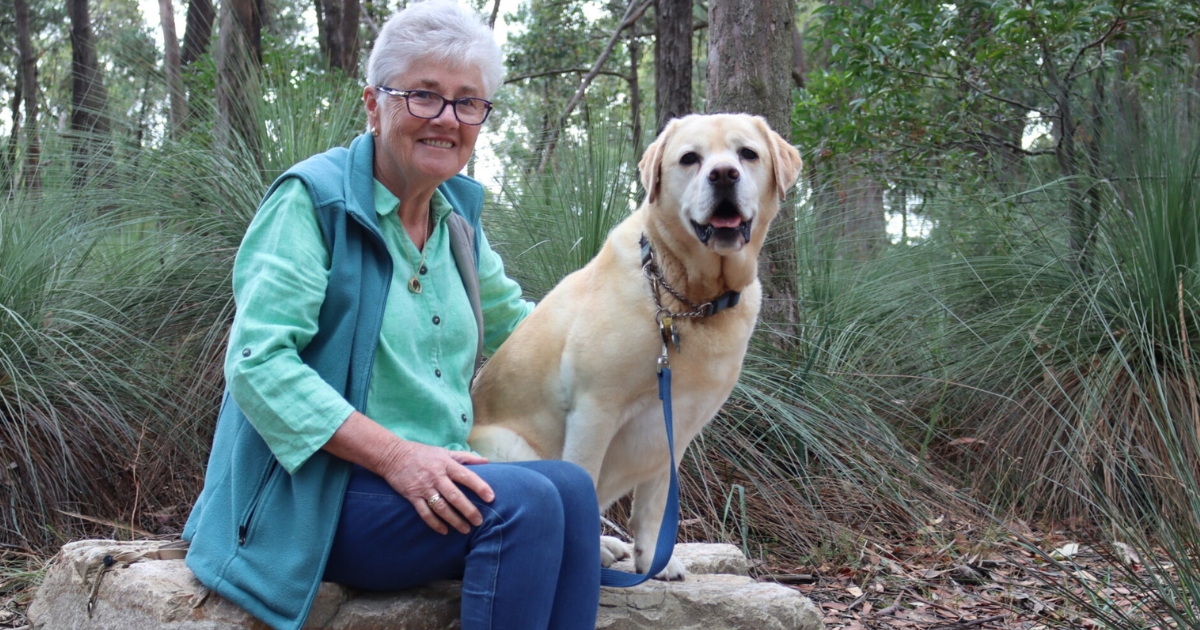Firies call for lifesaving rescue gear

Lifesaving gear: Professional Ballarat firefighters are calling on the State to get a heavy technical rescue vehicle based in Ballarat. Photos: SUPPLIED
PROFESSIONAL firefighters in Ballarat are lobbying State Minister for Emergency Services, Jaclyn Symes, to boost the region’s heavy technical rescue capabilities.
Fire Rescue Victoria’s Luke Shearer is Station Officer at the Lucas brigade and a United Firefighters Union delegate.
He’s part of a call for 10 additional firefighters to be put on the minimum crewing chart allocated to Ballarat and for a heavy technical rescue vehicle to be based locally.
“We’ve got the room at Lucas to house an appliance, which is already built, and there’s accommodation for the crew, we just need the money from the government for those 10 additional positions,” he said.
Mr Shearer said the CFA took 20 professional firefighters at Ballarat City through trench rescue training in 2009, and relevant equipment was meant to arrive at the completion of the course, but never did.
“Five years after that training, the health and safety rep at Ballarat City lodged a provisional improvement notice with WorkSafe.
“Rather than CFA fixing the problem, they just removed the trench rescue capacity from Ballarat City in 2014,” he said.
“That same year, CFA produced four heavy technical rescue vehicles, but it took until early-2018 for two of those appliances to go online. One went to Wangaratta, one to Warrnambool.”
Mr Shearer said the two other vehicles have never been deployed to an operational incident, and remain in Melbourne, but one could be moved to Ballarat, ready to be used locally or across north-west Victoria during trench rescues, steep or high-angle rope operations, or confined space events.
“They’re $1 million-plus appliances each, and they’re sitting there gathering dust. They’ve never been allocated to a station to do what the taxpayer funded them to do,” he said.
In March of 2018 when a trench collapse in Delacombe killed two workers, Mr Shearer said the heavy technical rescue vehicle response came from Warrnambool and Richmond.
“It was over two hours before any trained operators and equipment were on the scene and able to start work.
“Currently on any one day, there could be more than 150 excavators operating in Ballarat, based on our observations and evidence, and there’s still not the capability for a rescue to be affective,” he said.
“Every day we wait, we are one day closer to another trench rescue incident occurring in the Ballarat region, and north-west Victoria.”

Fire Rescue Victoria requested funding in the most recent State budget for extra technical rescue support, but Mr Shearer said the relevant department didn’t allocate any money to the issue.
A statement from the office of the Minister for Emergency Services said the State has “ensured” Fire Rescue Victoria has the “necessary resources they need,” and is reviewing their capabilities, including in trench rescue.
“Ballarat is classified as a technical rescue station, which means there are specialist staff and rescue equipment on site for immediate use when needed,” a State Government spokesperson said.
“While the deployment of technical equipment is an operational decision for FRV, we have asked FRV to continue to work with industrial partners and other stakeholders on options to further supplement the technical capabilities around Ballarat.”
Mr Shearer said the idea that there are trained personnel in Ballarat ready to respond to an incident of this kind is “simply not the case… and inaccurate.”
“We’ve done the maths over the last two rosters, and on average, there’s 0.5 of a firefighter trained for trench rescue in any one shift,” he said.
Professional firefighters in Ballarat have written to the Minister requesting a face-to-face meeting and are awaiting a response.
They have planned a six-month campaign, aiming to “hold the government accountable.”
Upper house member for Western Victoria, Stuart Grimley, and said having all the right tools on hand and ready to go is incredibly important.
“I can only imagine the pain and frustration these firefighters would experience not being able to help someone, because they must wait for the specialist equipment to come from Melbourne,” he said.
“It could quite literally mean the difference between life or death. Regional councils, like Ararat and Ballarat, are seeing new housing estates entering the development stage. With this comes extensive excavation works with many trenches being dug.
“You would expect that emergency services have the specialist equipment available to help if something goes wrong. It would be money well spent commissioning this equipment and upskilling our professional firefighters. If it… saves just one life, then it has served its purpose.”
The State’s response said Fire Rescue Victoria has specialist appliances in Ballarat including a technical rescue vehicle, hazardous materials truck, ladder platform, and three pumpers with basic rescue gear.


















